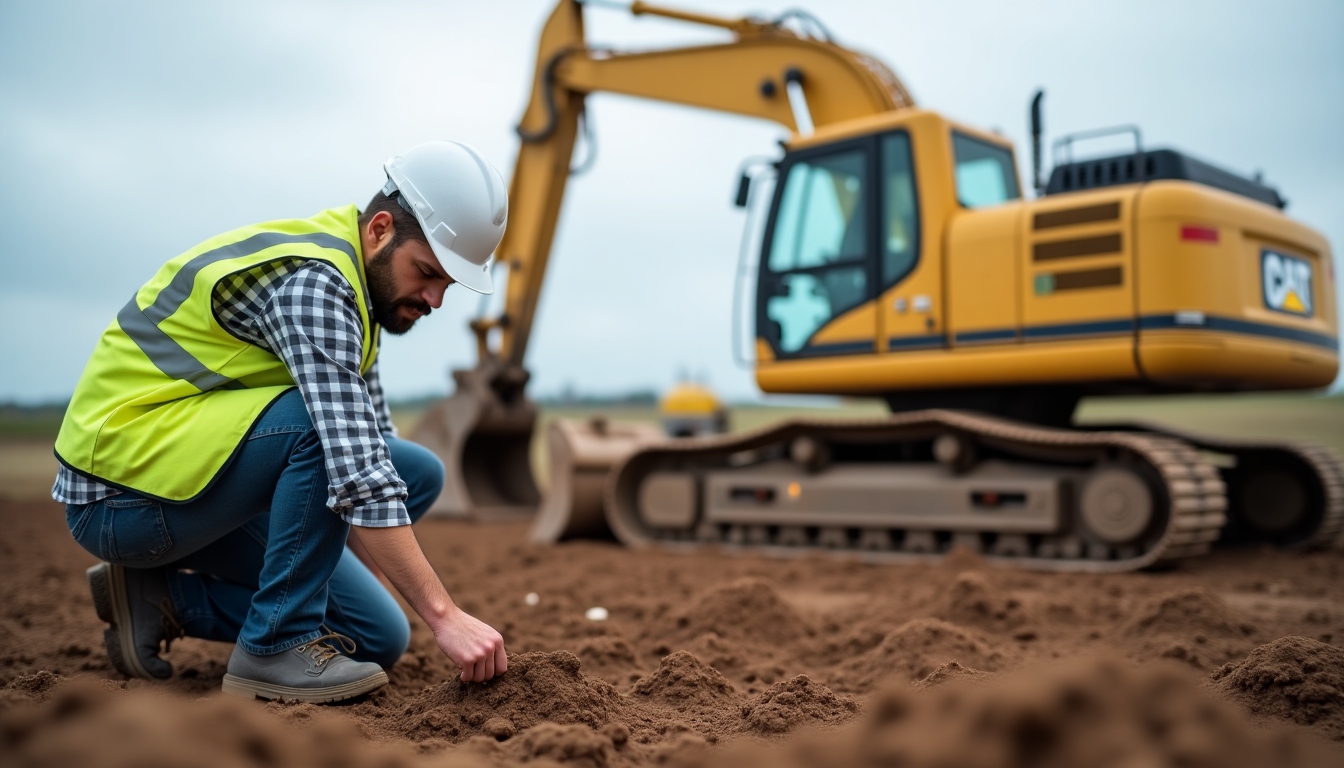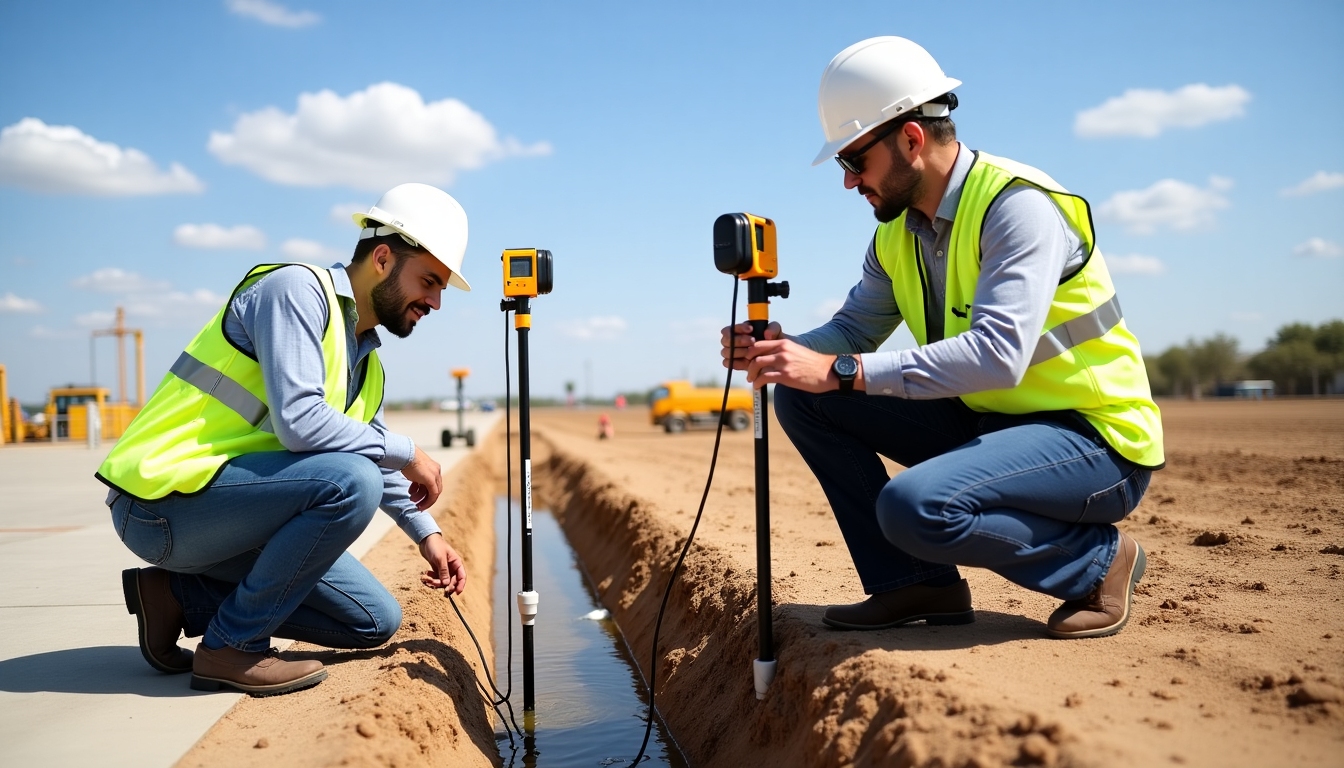The Ultimate Site Investigation Checklist for Geotechnical Engineers
Overview
A successful site investigation is critical for effective foundation design. This guide offers geotechnical engineers a complete checklist to streamline their investigation process.

Understanding Site Investigation
Site investigation is the process of gathering information about the physical and chemical properties of a site prior to construction. It ensures that the foundation design is suitable for the site’s conditions. By conducting a thorough site investigation, geotechnical engineers can anticipate potential challenges and develop solutions that safeguard the integrity of the structure.
The importance of a meticulous site investigation cannot be understated. From soil composition to groundwater levels, each variable can significantly impact foundation design decisions. Geotechnical engineers must use a comprehensive checklist to address all these aspects systematically.

Key Components of a Site Investigation Checklist
To ensure thoroughness, the site investigation checklist for geotechnical engineers should include the following key components:
- Preliminary Research
- Historical Data Collection: Gather historical site use and existing geotechnical information.
-
Legal and Environmental Considerations: Check land ownership records and environmental regulations.
-
Site Reconnaissance
- Visual Inspection: Conduct a walkover survey to identify visible surface features and potential hazards.
-
Topographical Survey: Map the physical features of the site.
-
Subsurface Exploration
- Boring and Drilling: Extract soil and rock samples using test pits or boreholes.
- Geophysical Survey: Use non-invasive methods like ground-penetrating radar for subsurface profiling.

Detailed Soil Testing
Soil characteristics play a pivotal role in foundation design. Critical tests include:
- Soil Classification: Determine soil type and consistency.
- Compaction and Density Testing: Assess the soil's compactness.
- Permeability Tests: Measure how water moves through soil layers.
- Shear Strength Tests: Evaluate the soil’s resistance to shear stress.
By using these tests, engineers can determine the load-bearing capacity of the soil and predict how it will behave under structural loads.

Groundwater Assessment
Understanding groundwater conditions is vital as it influences both the choice of foundation and construction methods. Engineers should perform:
- Water Level Measurement: Identify the water table depth.
- Hydraulic Conductivity Tests: Study the rate at which groundwater flows through soil.
Effective groundwater management strategies prevent basement flooding and ground subsidence, which are crucial to building safety and longevity.

Reporting and Documentation
A well-documented report following the completion of the site investigation is essential. It should include:
- Boring Logs and Geological Maps
- Detailed Test Results and Analysis
- Risk Assessment and Recommended Actions
This documentation not only guides the foundation design process but also provides accountability and reference for future projects.

Final Thoughts
A thorough site investigation checklist for geotechnical engineers paves the way for successful projects by identifying potential issues early and tailoring solutions accordingly. With a robust understanding of the site’s characteristics and conditions, engineers can enhance the safety, efficiency, and sustainability of their projects.
By integrating these insights, geotechnical engineers can optimize their site investigations, leading to innovative foundation design solutions that meet the demands of modern construction challenges.





